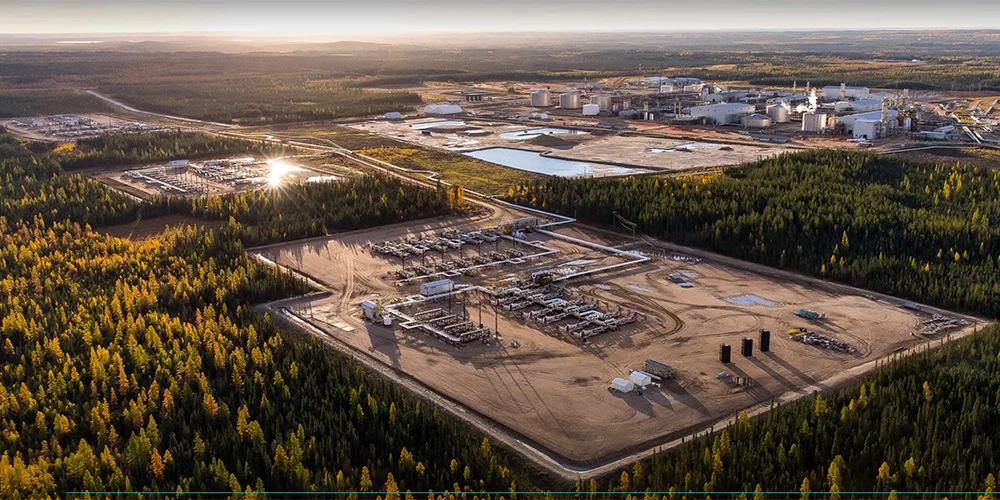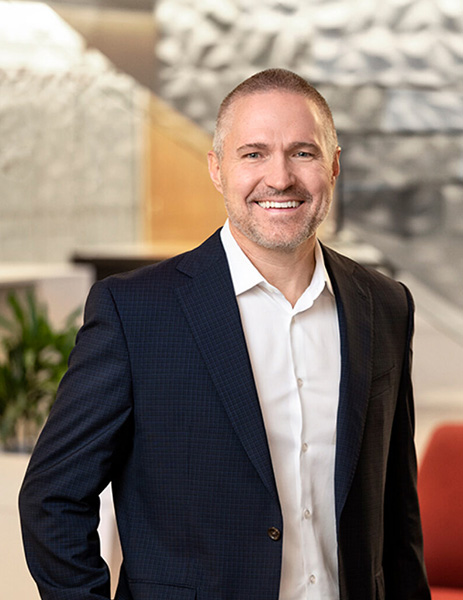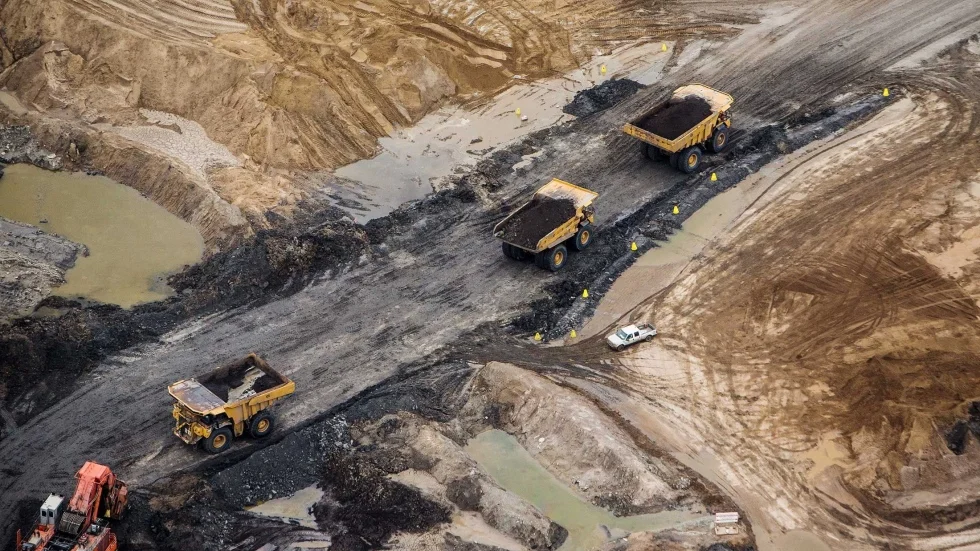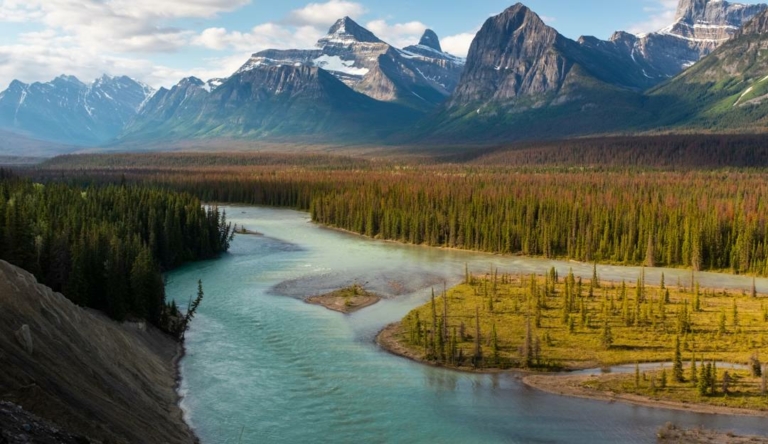Alberta’s oil sand giants say they want to cut their carbon emissions by almost a third below 2019 levels and are banking on a massive carbon capture project as the method.
Sounds good, but will it actually work? And, is it safe?
Critics say carbon capture is about delaying real climate action. They argue it’s just Big Oil’s latest greenwashing effort to postpone the shift away from fossil fuels and prop up a polluting, multi-billion-dollar industry.
Indigenous groups, environmentalists, and industry experts are concerned about the safety of carbon capture and storage.
Pathways Alliance Carbon Capture Project
Pathways Alliance (PA) is a collaboration between Suncor Energy Inc., Canadian Natural Resources Ltd., Cenovus Energy Inc., Imperial Oil Ltd., MEG Energy Corp., and Conoco Phillips Canada.
These are the big six oil sand players.
While the six Pathways companies are allied around their Canadian operations in our oil sands, none are actually Canadian companies. They are all foreign-owned, with the percentage of foreign ownership ranging from just over half for Canadian Natural Resources Ltd. to almost all for Conoco Phillips, with the other four somewhere in between.
But, if you watch or listen to their TV and radio ads, you wouldn’t know they are all foreign-owned as they drop references to Canada at every opportunity.
The Alliance wants to build a 400-kilometre pipeline that collects carbon dioxide from 20 oilsands operations and pumps these emissions 1600 metres underground.
And they want the Canadian government to pay for it.
But will the ambitious plan permanently prevent carbon pollution from entering the atmosphere and trapping heat?
Many critics are skeptical about whether it’s the long-term solution Big Oil claims it will be.

Taxpayers Are Footing the Bill, Again
In late March, Pathways Alliance CEO Kendall Dilling told the media that the group is close to submitting a formal application to the Alberta Energy Regulator (AER) for the $16.5 billion mega-project.

In an interview with Canadian Press, Dilling said Alliance members have already shelled out $100 million on pre-planning.
A chunk of that money has been spent on expensive advertising campaigns and lobbying the provincial and federal governments for funding.
Pathways Alliance companies have made billions from the oilsands operations, all while pumping vast amounts of carbon into the atmosphere.
Together, the six Alliance companies made a profit of $10.9 billion in 2022.
According to an analysis by the local NGO, Pembina Institute, in 2017, the oil sands generated 81 million tonnes of planet-warming gas or 11 percent of Canada’s total emissions.
Despite their vast profits, the Alliance wants Canadians to help pay for their $16.5 billion carbon capture project, which critics say will do little to lower atmospheric carbon output from the oilsands.
The federal government has already promised the Alliance an investment tax credit for its carbon capture projects. However, details have yet to be released.
Big Oil Is Begging For Even More Money
Dilling says the commitment to carbon capture remains strong.
However, recent statements from the consortium suggest they want more handouts before committing.
“With what we know today … the government funding partnerships in Canada are not enough for large-scale (carbon capture) to proceed in the oilsands,” said Cenovus Chief Sustainability Officer Rhona DelFrari at the company’s recent investor day
“Without competitive fiscal incentives, our country risks being left out as large-scale emissions reduction investments are developed and deployed elsewhere where they get the best returns.”
The International Energy Agency (IEA) said in a November 2023 report that while carbon capture and underground storage (CCUS) can work at small to moderate scales, we must “let go of the illusion” that “implausibly large” amounts of carbon capture are feasible.
Vaclav Smil, an environmental scientist with the University of Manitoba, calls large-scale carbon capture projects “magical thinking.”
Is Underground Storage Safe?
Many questions remain about how underground carbon storage will impact freshwater and the safety of surrounding communities.
All too often, stuff we ‘bury’ underground comes back to haunt us in unexpected ways.
Seven front-line Alberta First Nations have expressed concerns about the project and have formed a working group to seek answers on how it will affect safety and the environment.
The working group includes Heart Lake First Nation, Beaver Lake Cree Nation, Whitefish Lake First Nation, Kehewin Cree Nation, Frog Lake First Nation, Cold Lake First Nations, and Onion Lake Cree Nation. Saddle Lake Cree Nation is observing the group.

“We don’t know how pumping carbon underground will affect our lakes, our rivers — even our underground reservoirs,” Michael Lameman of Beaver Lake Cree Nation told CBC News.
In an opinion piece for Scientific American about carbon capture and storage in the United States, environmental scientist and writer Jonathan Foley dismisses it as a “bad idea.”
“Don’t be fooled. It’s mostly a distraction from what we really need to do right now: phase out fossil fuels and deploy more effective climate solutions.”
Foley says carbon capture projects are too expensive and too small in scale to make a real difference.
According to Foley, America’s largest and most heavily subsidized carbon capture project currently captures just a “few measly seconds” of the country’s annual emissions.
There’s a place for carbon capture in sectors like cement, steel and fertilizer but not in the oil industry, says Foley.
Andrew Forrest, Chairman and Founder of Fortescue Metals Group, a major Australian iron ore producer, recently told the IEA conference in Paris:
“We’re going to keep burning fossil fuels and somehow magically get rid of the carbon down into the ground where there is no proof that it will stay there, but heaps of proof that it fails…I say for policymakers everywhere, do not be the next idiot waiting for the old lie to be trotted out and say I believe in carbon sequestration. It has only failed for 75 years…It’s a complete falsehood.”
Foley concludes that putting public money and incentives into the fossil fuel industry’s carbon capture plan is like “handing Big Oil a PR bonanza.”







